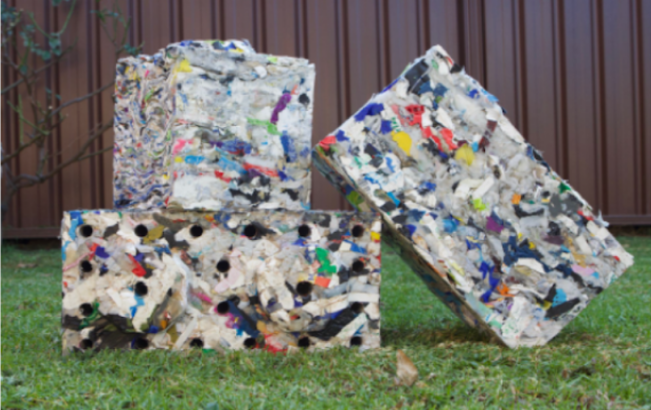Covid-19 and the Increase in Plastics by Anandi Laxmi Somaih XI-I
- viridian club
- Oct 22, 2021
- 2 min read
The year 2020 brought with it a sense of unexpectedness and change. It was the year when people got a wake-up call and perhaps even another chance to start over. As the economies and other social structures were shackled down and industries worldwide came to a screeching halt, the environment was given a chance to take a minute and breathe. The clouds of air pollution were soon lifted, animals that seemed lost were able to resurface, forests grew lush and thick and the ghost world finally seemed to be on a peaceful vacation. However, this did not last very long because as soon when things started opening back up, the demand for protective items against Covid such as gloves, masks, sanitisers, PPE (Personal Protective Equipment) increased, and hence the consumption of plastic took a huge hike.
Eight million metric tons of plastic waste entered the ocean, equating to one garbage truck’s worth of plastic being dumped into our oceans every minute. The total weight is the equivalent of 90 aircraft carriers. Fishes along with other aquatic creatures are paying the cost for this as they often get caught in the plastic debris or accidentally ingest it thinking of it as their food. Not only the ocean but the land too is getting choked up, garbage dumps as big as mountains are piling up leading to the area surrounding it degrading.
According to the World Economic Forum, based on a study by the drinks industry, the manufacture of four plastic bottles alone releases the equivalent greenhouse gas emissions of driving one mile in a car. The United States burns six times more plastic than it recycles, according to research in April 2019 by Jan Dell, a chemical engineer and the former vice-chair of the U.S. Federal climate committee.
Moreover, the pandemic has also intensified a price war between recycled and new plastic, made by the oil industry. This is because nearly every piece of plastic begins life as a fossil fuel. The economic slowdown has punctured demand for oil. In turn, that has cut the price of new plastic.
Recycled plastic is proven to be more expensive than its single-use version and its production depends a lot on the support of governments. Since the economies are already running huge losses, they cannot afford to pay more.
However, to take a look on the brighter side the pandemic has pushed politicians in many countries to wage war on waste from single-use plastics. China, which used to import more than half the world's traded plastic waste, banned imports of most of it in 2018. The European Union plans to ban many single-use plastic items from 2021. The U.S. Senate is considering a ban on single-use plastic and may introduce legal recycling targets. These small efforts and the promises of working together to achieve a bigger goal can go a long way to reach a more sustainable and healthy life for the planet and future generations.






Comments